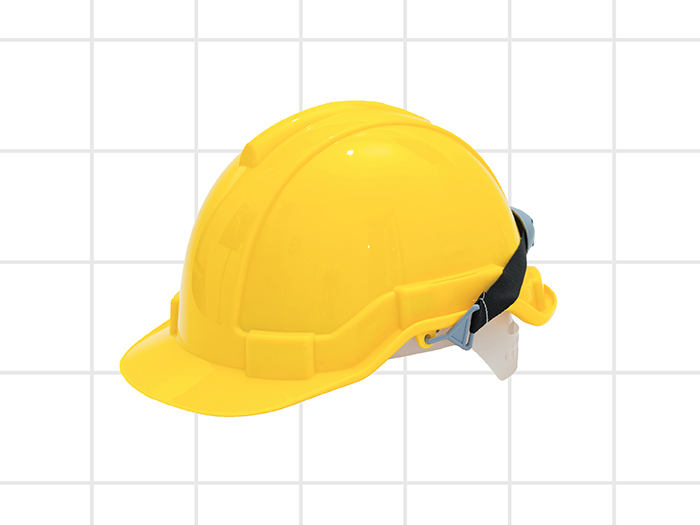3 Trends in Insurtech That Are Changing Insurance and Impacting Society

Less than a decade ago, Insurtech entered the industry with the promise of disruption and innovation. Startups had the unique opportunity to effectively unite technology with insurance and bring new capabilities to the market.
Now, Insurtech is more than a buzzword in the industry.
“We continue to see a really nice maturation of Insurtech in the market and the players within it,” said Ted Stuckey, managing director of QBE Ventures.
“There has been continued involvement from the industry in the adoption of emerging technologies. Both carriers and disruptors are pushing for Insurtech, and that’s changing the economics of the products being sold.”
Stuckey, along with researchers at QBE and Village Capital, have compiled data showing just how Insurtech is transforming the insurance industry.
In the newly released report, titled “Impact InsurTech: How InsurTech is Transforming the Insurance Industry,” the researchers identified three leading trends in Insurtech that are addressing emerging risks while also improving the lives of customers along the way.
“The industry has some amazing innovation going on that’s having an impact for the better,” said Stuckey. “We need to highlight and encourage that innovation so that the industry can continue to make the products that are responding to the macro changes happening in society and giving everyone access to insurance they understand.”
Here’s a closer look at the Insurtech trends shaping the future of insurance.
1) Insurance Access for All
Insurance companies, at their core, assess, price and underwrite risk. Insurtech has taken this fundamental function of insurance and streamlined it for every potential customer.
As Stuckey explained, “With the aid of Insurtech, insurance companies can create solutions through narrowly targeted products and services that reduce the barriers to customers accessing coverage for their specific risks.”
How is this made possible? Clean, verified data collection and usage through machine learning and predictive analytics. Insurtech has given rise to alternative data sources that give a better, cleaner and more accurate picture of an individual customer’s risk exposures.

Ted Stuckey, managing director of QBE Ventures
With that data in play, individualized risk assessments, particularly for small businesses or independent contractors, has been made that much easier.
In fact, several 2017 reports found that an estimated 37 to 56% of Insurtech startups had distribution improvement as a central focus to their business model. According to Stuckey, this is a huge shift that has benefited customers in smaller businesses.
“Before, the industry would take the coverages used on mid-market risks and push them down the market,” he said.
“We’ve taken a step back and started to truly understand what the exposures are for small businesses. We’re putting forward the right product for them.”
2) Society Shapes Insurance; Insurance Shapes Society
“There is a notion that as an industry we need to move away from being a repair-and-replace industry and move into being a prepare-and-prevent industry,” said Stuckey.
“That changes the role we play in society from responding to things happening, to preventing things happening, to educating our customers,” and Insurtech is leading the way.
Insurance products are developed in response to routine, yet unpredictable losses. But Insurtech enables companies to better predict future perils and start implementing strategies to prevent loss from ever occurring in the first place.
“We have, for example, an investment at QBE in a startup called Jupiter Intelligence, and Jupiter Intelligence does climate change modeling,” said Stuckey.
With this platform, the insurer is able to alert individual property owners to the impact of climate-related perils like flood and wildfire on specific property. The predictive tool is so advanced, it not only sees a few hours into the future but also up to 50 years into the future.
“If you take a step back and you think about what that means to the policyholder, it changes the way they make capital improvements on their property. It changes the way they think about staffing and growing their business,” said Stuckey.
Change and improvement becomes cyclical in nature — Insurtech enables the customer to understand and mitigate their risks, the customer then implements better standards to protect themselves from peril, and the Insurtech gains actionable data on what works and where to improve next.
“That’s happening all across insurance,” Stuckey said.
“It’s being driven by better data, more actionable data. And improvements in computing are allowing us to, in the Jupiter example, do super-computing levels of modeling at a very, very frequent rate that before the last five to seven years just wasn’t possible in the private sector.”
3) Micro-Transformation to Meet Macro-Risks
These first two Insurtech trends are driving toward a third: micro-transformation within the industry that is impacting macro-risks.
As more small businesses gain access to tailor-made insurance products and as more of these products start to impact how businesses function, the seemingly small steps being made at the individual level are starting to come together to better protect against and mitigate the impact of some the largest risks faced today.
Take cyber as an example.
Data shows that every 39 seconds, a hacker attack is recorded. By 2020, the global average cost of a data breach is projected to exceed $150 million. Cyber insurance, therefore, is in high demand.
“How do we confront that? How do we create the right products and coverages and pricing and go to market to make sure that we have a product in market that someone can buy to protect themselves?” said Stuckey.
His answer? Insurtech.
“Insurtech is filled with innovators. Entrepreneurs. These are individuals from a diverse set of backgrounds who are critically thinking about how this industry needs to change for the better,” he said.
The insurance industry, at all levels, is working to understand, mitigate and more proactively respond to the rapidly evolving landscape of technology and risk impacting their customers.
“Our turnaround is significantly faster, and our accuracy is getting better all the time,” Stuckey said.
“But this isn’t just a technology discussion; this is a customer discussion,” he continued.
“The customer doesn’t see that we’re using artificial intelligence to automate the claims process or predictive analytics to design a more streamlined product. But they’re getting a better experience. They’re getting whole faster thanks to our investment in Insurtech.” &










